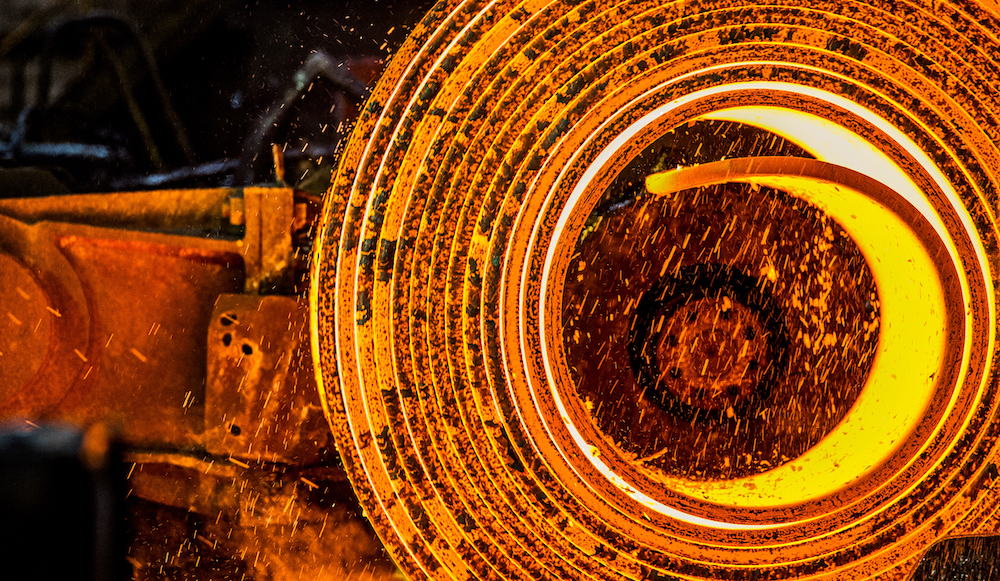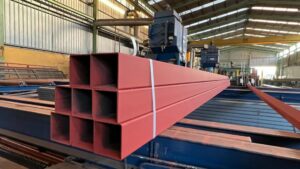European steel industry association Eurofer welcomed the adoption by the European Commission of a proposal to continue the region’s import safeguard measures, because these would “support the stability of the EU steel market while ensuring smooth supply flows,” it said in press release on Wednesday June 8.“This decision brings stability to the EU steel market while avoiding excessive, market-disrupting steel imports from third countries,” Eurofer director-general Axel Eggert said.
Following the most recent yearly review of the safeguards, the EC proposed to the World Trade Organization (WTO) that it would keep the steel safeguard measures in place for two more years, with certain adjustments to global quotas, attributed to the effects of the war in Ukraine.
Eurofer supported that decision by the Commission.
But consecutive yearly liberalization of the quota volumes, particularly the most recent increase to 4% from 3%, pushed up the quota volumes to above the current demand level, Eurofer said, adding that steel demand has not yet recovered from the Covid-19 crisis.
There was “no economic need or legal obligation for such an increase,” Eurofer said.
The association noted that the Commission believed that there was little or no effect on the EU safeguard measures resulting from the recent move by the United States to switch its Section 232 import tariff of 25% on EU-origin imports to a tariff-rate quota (TRQ) system.
The EU safeguard measures were introduced in July 2018 to protect the steel market from diversion of trading flows, and in reaction to the US decision to impose duties on imports of steel under its Section 232 regulations.
The EU safeguard measures took the form of TRQs, reflecting traditional trade flows from third countries into the EU, with imports exceeding the quotas being subject to 25% duty.
Published by: Elina Virchenko






